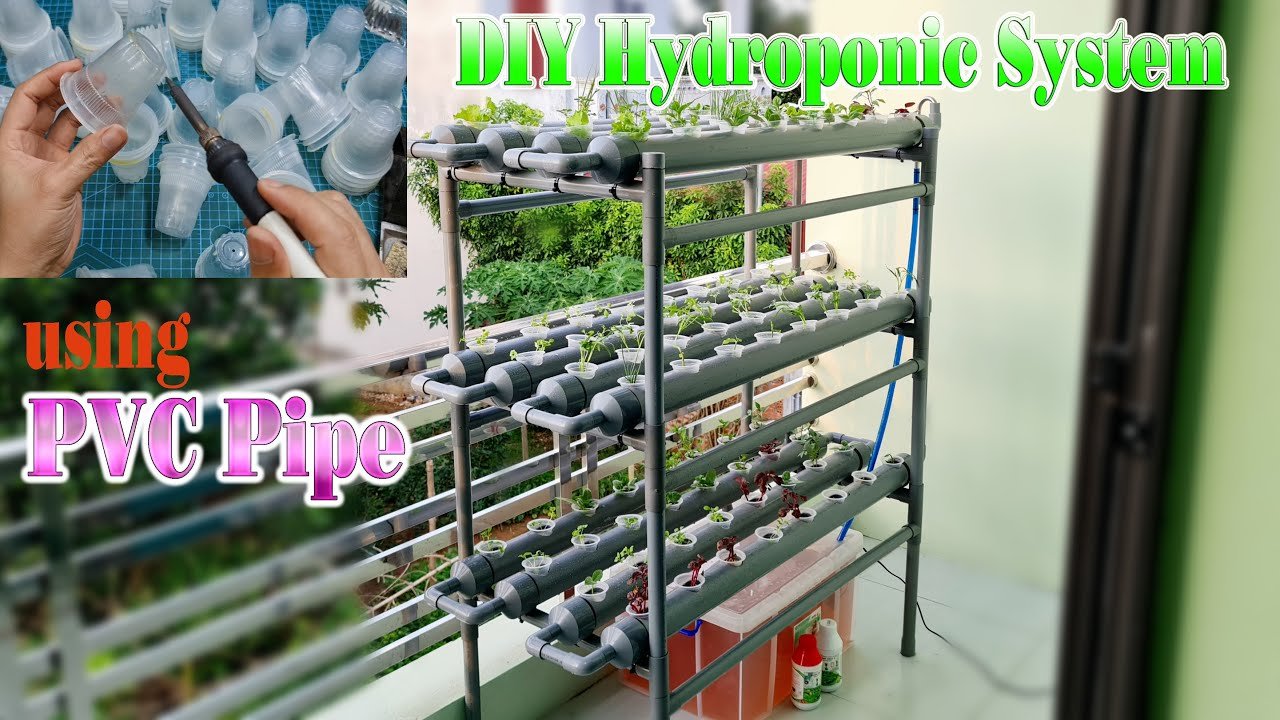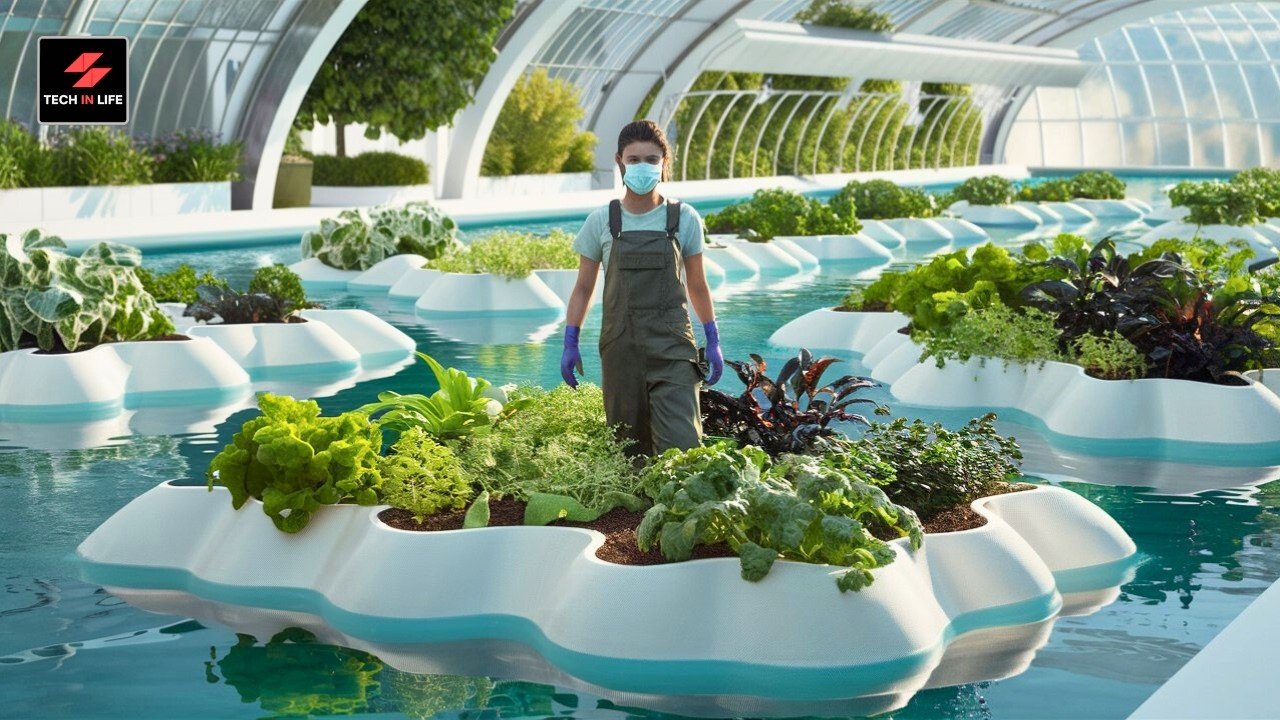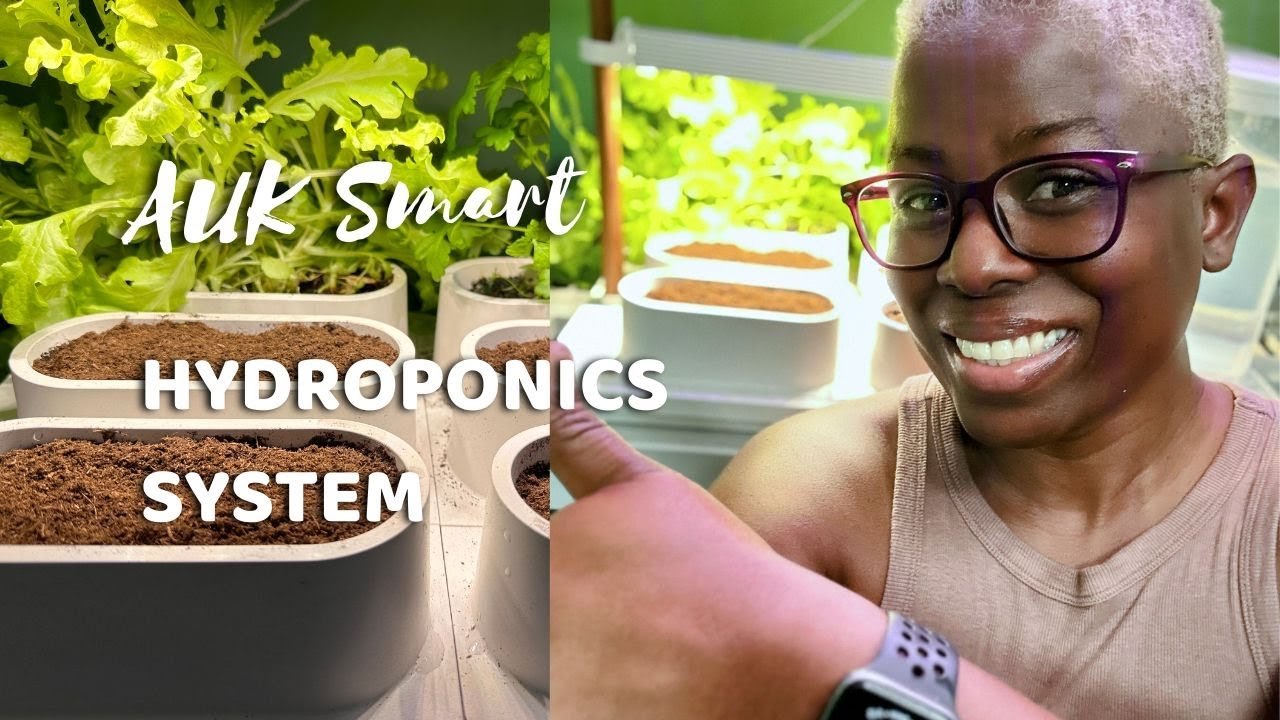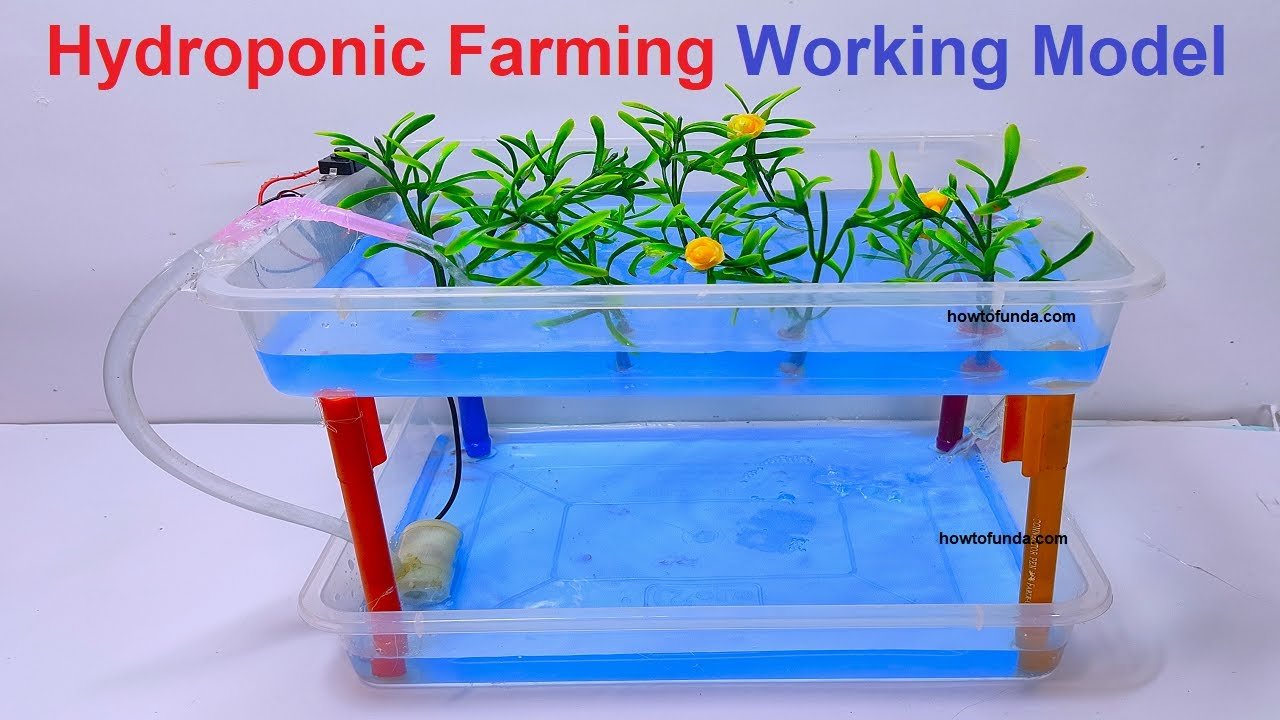My Unexpected Journey into Aquaponics
It all started one summer day in my quiet little town, where front porches are lined with rocking chairs, and the biggest excitement is a barbecue on a Saturday evening. You could say it was a bit of a mid-life crisis—or as I like to call it, a "mid-life improvement" project. I had a wild idea: I wanted to build an aquaponics system right in my backyard. Fresh fish and veggies, all in one go? Genius, right?
Dipping My Toes into the Unknown
I thought I’d nailed it after the first trip to the local hardware store. My cart was filled with PVC pipes, a submersible pump—whatever that was—a few aquaculture textbooks I found on a dusty shelf, and a mesh net I thought would save me from the pesky squirrels that always seemed to steal my tomatoes. Plus, I got a couple of goldfish from the fish store, their vibrant orange scales glimmering in the fluorescent lights. “These little guys are going to be stars!” I thought.
Suffice it to say, the learning curve was… steep.
The Scent of Disaster
Let me tell you, DIYing an aquaponics system isn’t as glamorous as it sounds. With my trusty power drill, I started cutting those PVC pipes until my backyard turned into a mini-chernobyl of building materials. And boy, did I underestimate the smell of stagnating water. The fish tank I cobbled together from an old bathtub I salvaged was promptly filled with the murky mystery of rotting algae a week after setting it up.
I had tipped the fertilizer scales—way too much fish food. “How are you supposed to know these things?!” I lamented, glancing at my flourishing summer squash on one side, which seemed to thrive amidst the chaos.
Fishy Business
Then there was the matter of my goldfish. I didn’t even think about their needs when I got them. Did they like the music from my radio, or were they more into the sound of crickets? Turns out, the goldfish were rather temperamental. One morning, I noticed Mr. Bubbles—one of my goldfish—swimming awkwardly. “He’s just playing hard to get,” I told myself. The next day, he’d taken a permanent vacation to Fishy Heaven. I was devastated, but after a quick internet search, I learned I had caused the ammonia levels to spike.
Why didn’t I think of a water test kit? All I could think about was how cool it would be to feast on homegrown tomatoes with my fish by my side. I wish I could say that Mr. Bubbles was the only casualty, but by the third week, I had learned the importance of checking the pH levels—exactly 7.0 was ideal, they said. I was swinging wildly between 6.5 and 8.5. What a ride we had.
The Green Monster
After a couple of missteps (and a few more fish funerals, I won’t lie), I finally got the water balanced. I put in a more substantial pump, thinking #biggerisbetter. A lively swirl of excitement bubbled in my gut as I watched my system slowly show signs of improvement. However, my little victory turned into a nightmare when I noticed my water turning a vibrant shade of green. You know, the kind of green that makes you double-check if you’d just laid eyes on the swamp in a horror movie.
I had gotten too flexible with the nutrient levels, allowing algae to run rampant. Did I mention the smell? It was a mystery how water could even begin to smell that bad! My love for aquaponics was being tested, let’s say.
Small Triumphs in Between
After nearly tossing in the towel and turning my backyard into a simple vegetable garden, an unexpected joy happened. One fine afternoon, I walked outside and spotted bright little sprouts of basil weaving through the green. They stood tall, as if to say, “Hey, we’re doing this!” I realized I didn’t just have a system—I had a whole ecosystem forming!
That moment reminded me of the resilience necessary for this endeavor. Maybe it wasn’t perfect, but you could see that life was blooming amidst all my failed attempts. Those humble little basil seedlings became a beacon of hope in my chaotic world of fish and algae.
Embracing the Imperfect Journey
Eventually, I settled on a few tilapia to replace my dearly departed goldfish, and together we embraced the imperfections of this journey. I learned to mitigate the algae problem, started composting homemade fish food, and voilà! There was finally harmony (mostly) in my backyard aquaponics adventure.
In the end, it became less about the triumphant produce harvest and more about learning, adjusting, and savoring those simple moments—a splash here, a green sprout there.
So if you’re thinking about diving into aquaponics, please remember: it’s not about achieving perfection. It’s about taking that leap, rolling up your sleeves, and letting the magic of nature run its course. You’ll have setbacks, countless “What am I doing wrong?” moments, and probably a few heartbreaks. But it’s all part of this wild, wonderful journey.
If you want to kickstart your own adventure with resources that can help you navigate the ups and downs, check out this amazing aquaponics resource. Trust me; you won’t regret it. Just start, and together, we’ll figure it out as we go!







Leave a Reply